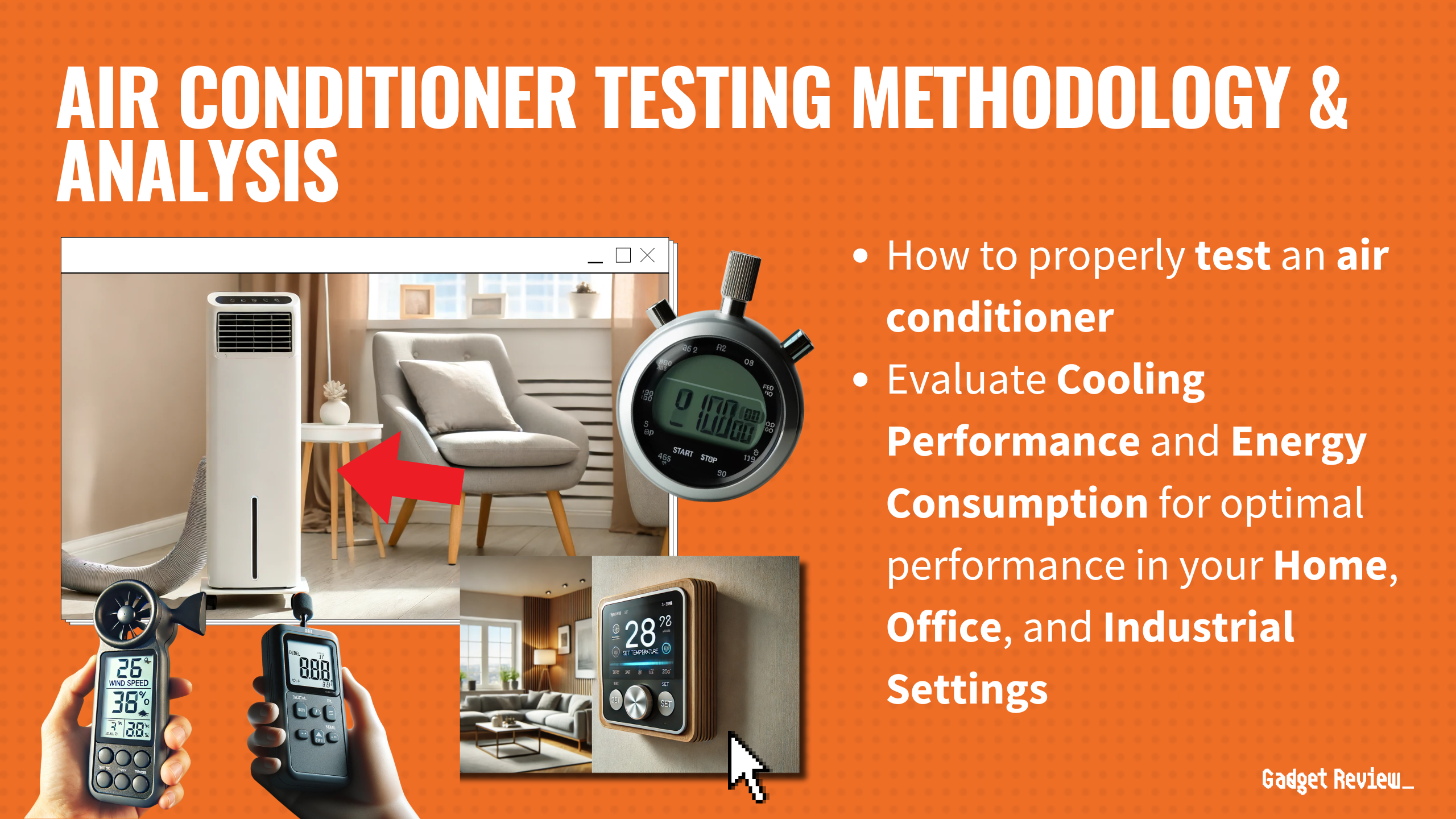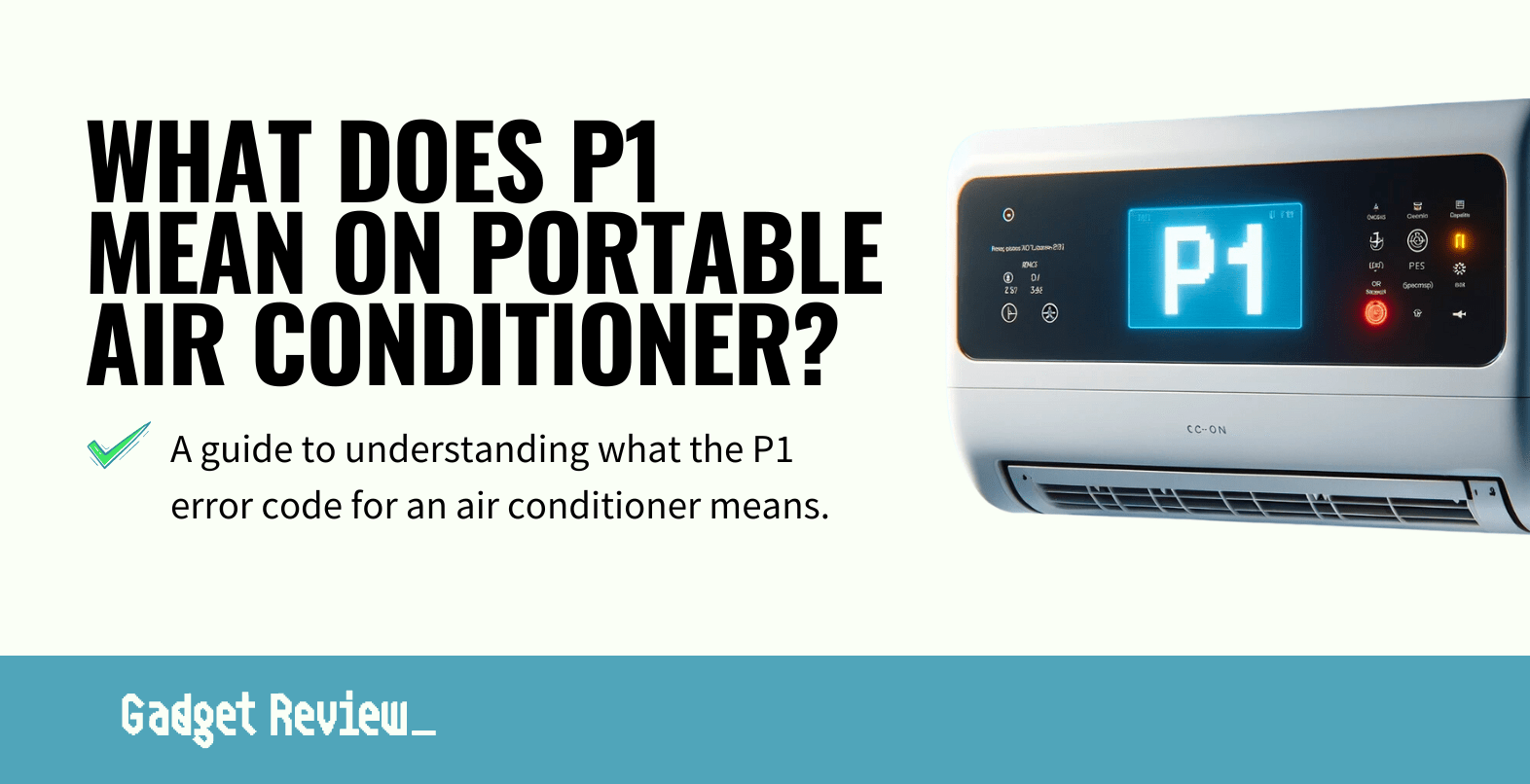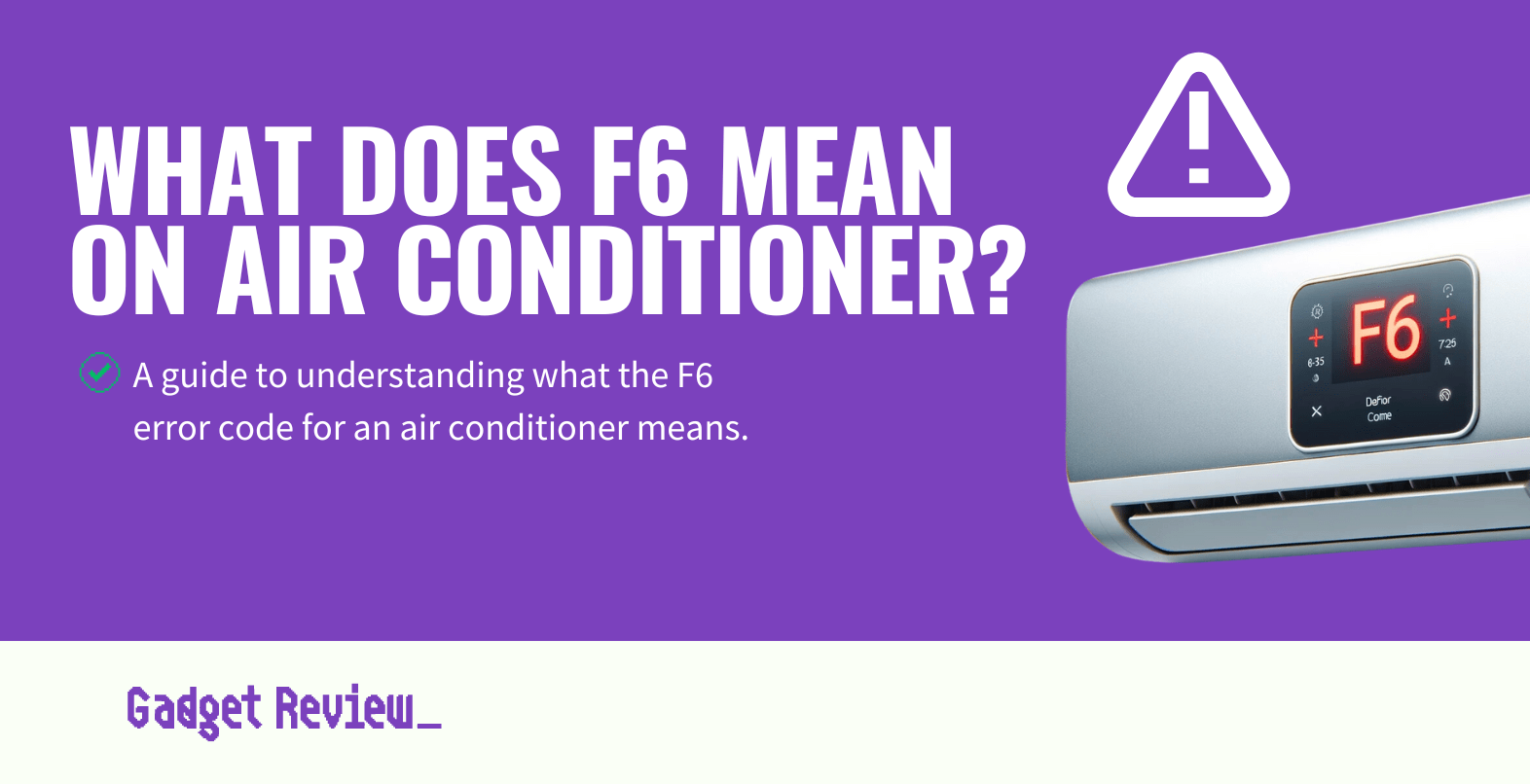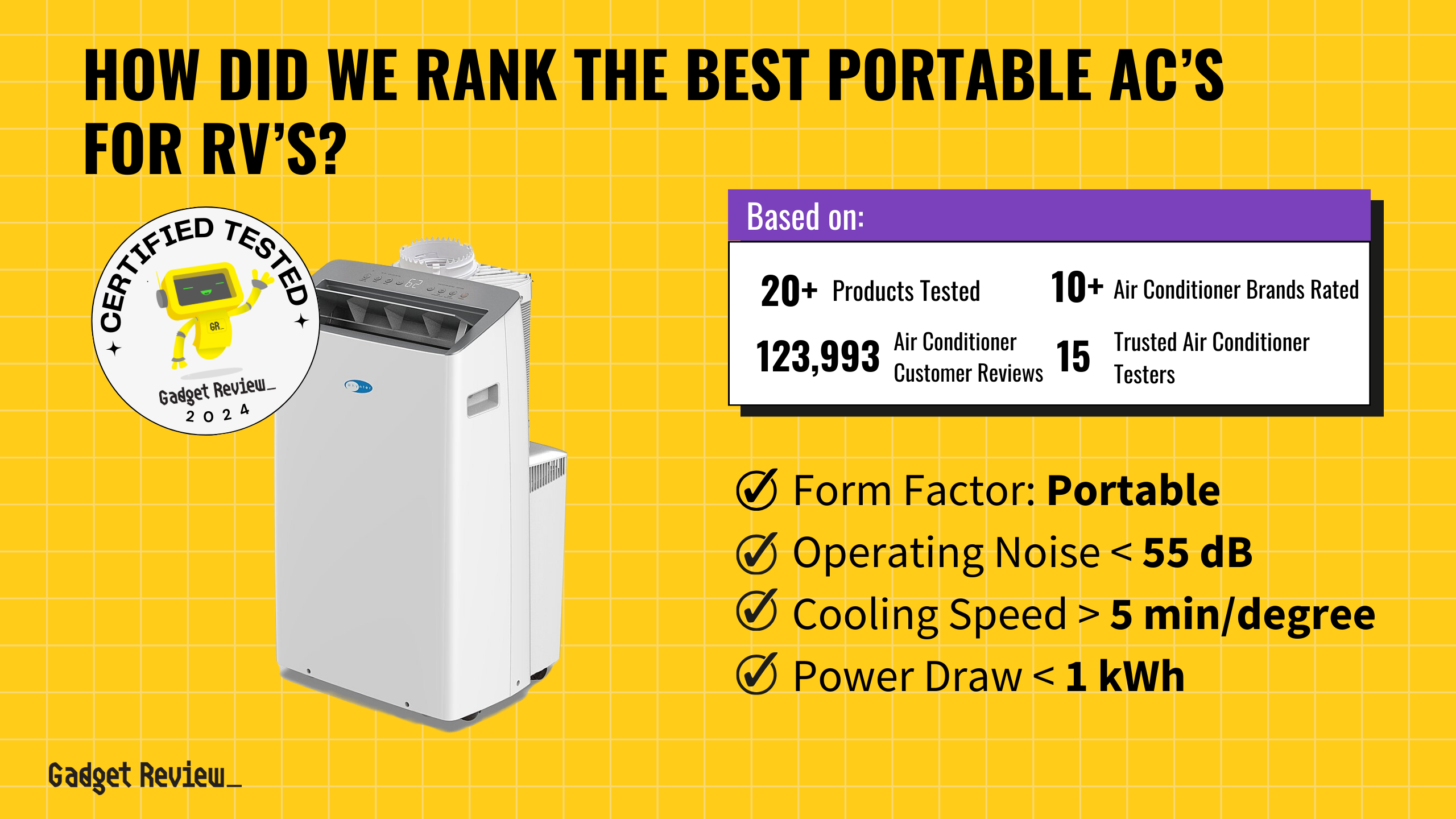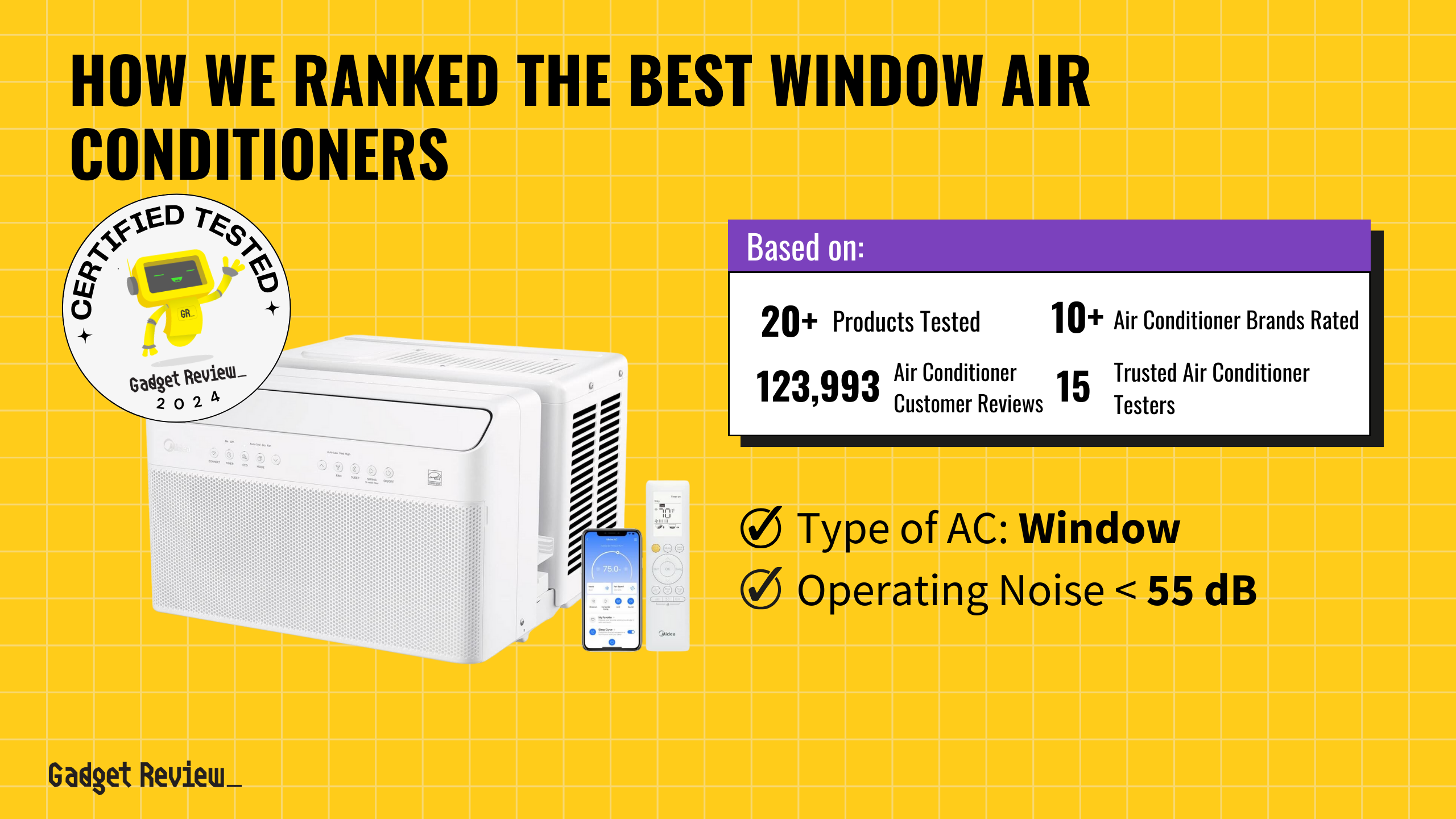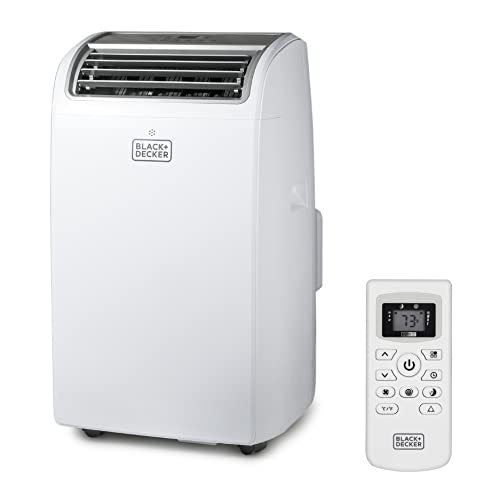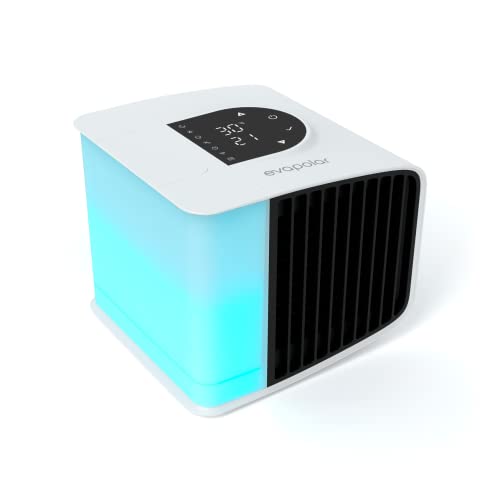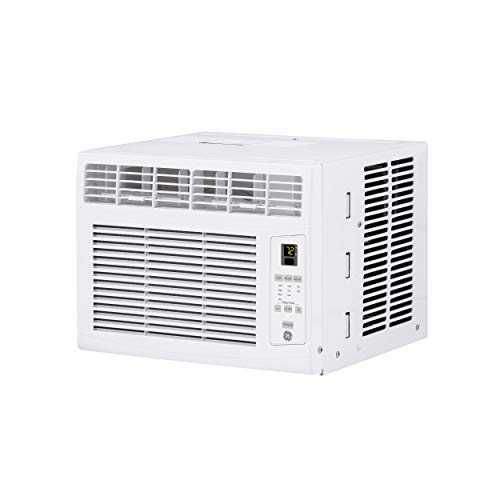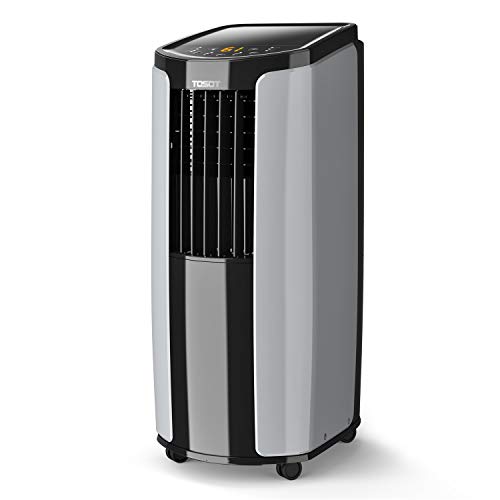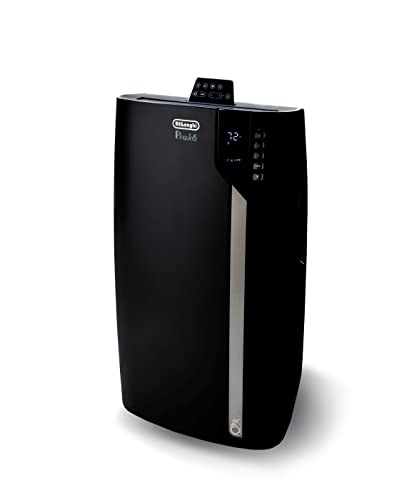With so many options to choose from, finding the best air conditioners can be hard. British Thermal Units (BTUs) are the energy measurements used to determine the cooling abilities of an air conditioner. In fact, to buy the proper size air conditioner for your room, you must first determine the space’s square footage. This will tell you the BTUs needed for such a space. Once you calculate the needed BTUs, you’ll achieve optimal cooling and energy efficiency.
Key Takeaways_
- The EPA recommends 20 BTU per square foot as a rule of thumb.
- Kitchens may require more BTUs than suggested by their square footage.
- Factors like ceiling height, body heat, poor insulation, and sun exposure will affect the size unit a room needs.
To understand the amount of BTUs you need for your AC, you will first need to understand what BTU is.
This unit of measure, BTU (British Thermal Unit), is how much energy it takes to raise the temperature of a pound of water by one degree Fahrenheit. In the context of air conditioners, it measures the unit’s ability to remove heat from a space, thus indicating its cooling capacity.
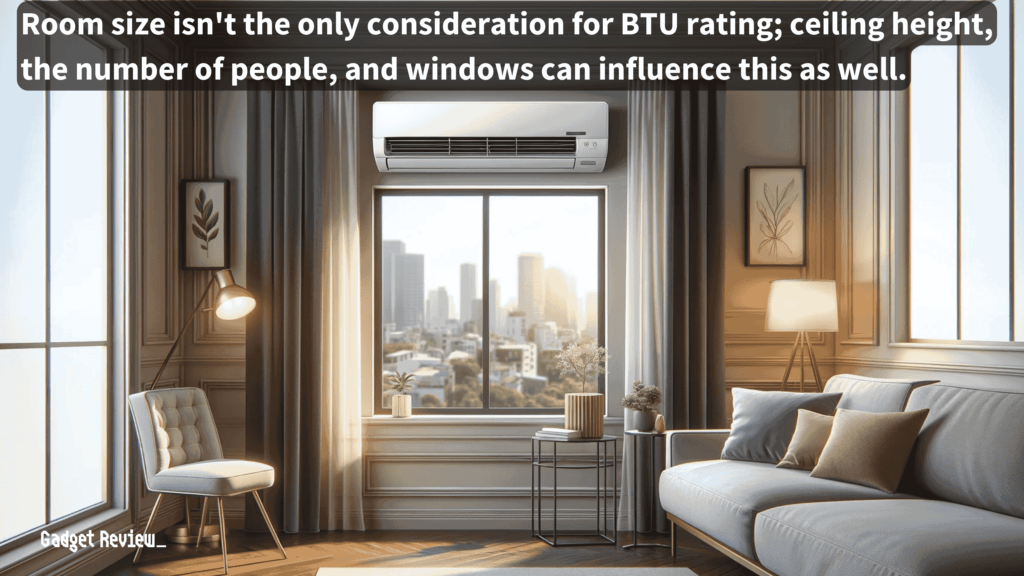
Additionally, if you are considering a portable AC, you should understand the differences between BTU DOE vs BTU ASHRAE.
Not every air conditioner is built to cool all areas. The size of the air conditioner should be based on the climate, as well as the room size, to ensure that proper cooling is achieved.
As a general rule, larger air conditioner sizes are better equipped for hot and humid climates, and smaller air conditioners for cool and dry climates.
In warmer climates, larger units are often necessary to effectively reduce the indoor temperature, considering the outdoor temperature can significantly impact the cooling requirements.
For those that priortize convenience, you can control your AC with your phone by using a smart thermostat or a smart AC controller, which connects to your Wi-Fi network and allows for remote control via an app.
insider tip
There are many types of air conditioners. Consider all options to ensure you choose the best choice for your needs.
It’s important to find the right unit size for your space. It won’t only narrow down your cooling options, but it ensures you buy an AC with enough cooling capacity.
That way, you can enjoy an effective cooling system that creates a comfortable cooling level and works to cool homes efficiently.
Choosing the wrong size, especially a unit too small for your house, can lead to inadequate cooling and higher energy bills.
STEP 1 Measuring The Room
- If using a layout of the room, use the numbers on the diagram. Otherwise, measure the length and width of the room, as well as the height from floor to ceiling.
- For bedrooms or other rooms, consider the number of people typically using the space, as each person adds heat to the room, affecting the cooling capacity needed.
STEP 2 Do The Maths
- Multiply length times width times height to find the number of square feet in a space.
- This calculation becomes a crucial step in determining the perfect size for air conditioning units, ensuring they are energy-efficient and cost-effective in the long run.
STEP 3 Finding The Right BTUs
- Multiply the total from step 2 by 20, as the EPA suggests an appropriately sized unit will need 20 BTUs for every square foot.
STEP 4 Get The Appropriately Sized Unit
- Compare your final number with an air conditioner BTU chart to find the capacity needed for your room.
- Using a BTU calculator can simplify these calculations, ensuring you select an air conditioner unit with the right rating for your space.
| Room Size (Square Feet) | Recommended BTUs |
|---|---|
| Up to 150 sq ft | 5,000 BTUs |
| 150 – 250 sq ft | 6,000 BTUs |
| 250 – 300 sq ft | 7,000 BTUs |
| 300 – 350 sq ft | 8,000 BTUs |
| 350 – 400 sq ft | 9,000 BTUs |
| 400 – 450 sq ft | 10,000 BTUs |
| 450 – 550 sq ft | 12,000 BTUs |
| 550 – 700 sq ft | 14,000 BTUs |
When considering the size of air conditioners, it’s also important to factor in the standard ceiling height; rooms with ceilings higher than the standard 8 feet may require units with greater BTUs per foot of living space.
To find BTU on an air conditioner, look for a label or a specification sheet that typically lists the unit’s cooling capacity.
Ceiling fans can assist in circulating cool air more efficiently, potentially allowing for the use of slightly smaller AC units.
Regularly cleaning or changing the air filter is another way to maintain efficiency, lower energy costs, and make your window AC colder, regardless of the AC size.
STAT: Air conditioners use about 6% of all the electricity produced in the United States, at an annual cost of about $29 billion to homeowners. (source)
For homes with heating and cooling needs, a heat pump might be a more suitable option, as it can provide both functions efficiently.
Additionally, there are other cooling options you can learn more about with our pages on VRF vs mini-split and how a tower AC works.
Ultimately, finding the energy-efficient, perfect size for your air conditioner is key to ensuring comfort without incurring unnecessary energy costs.











